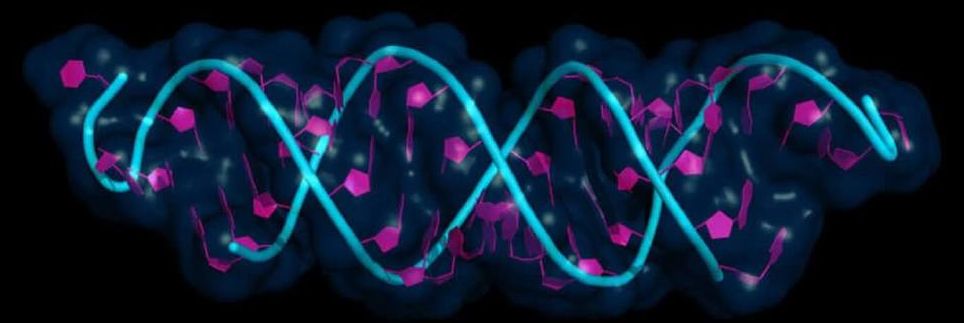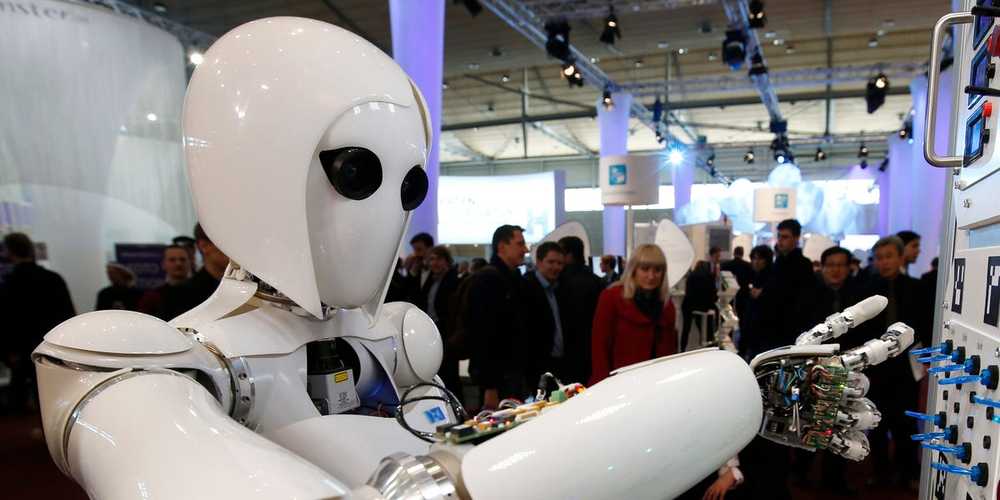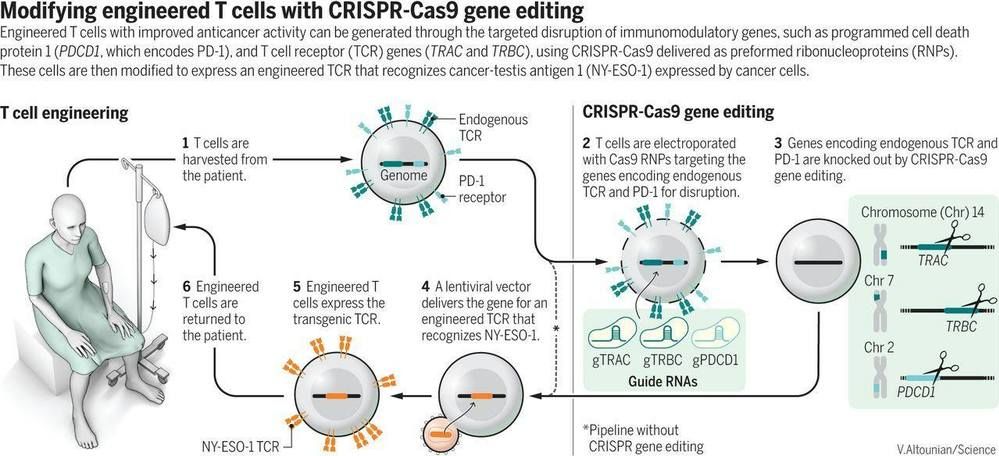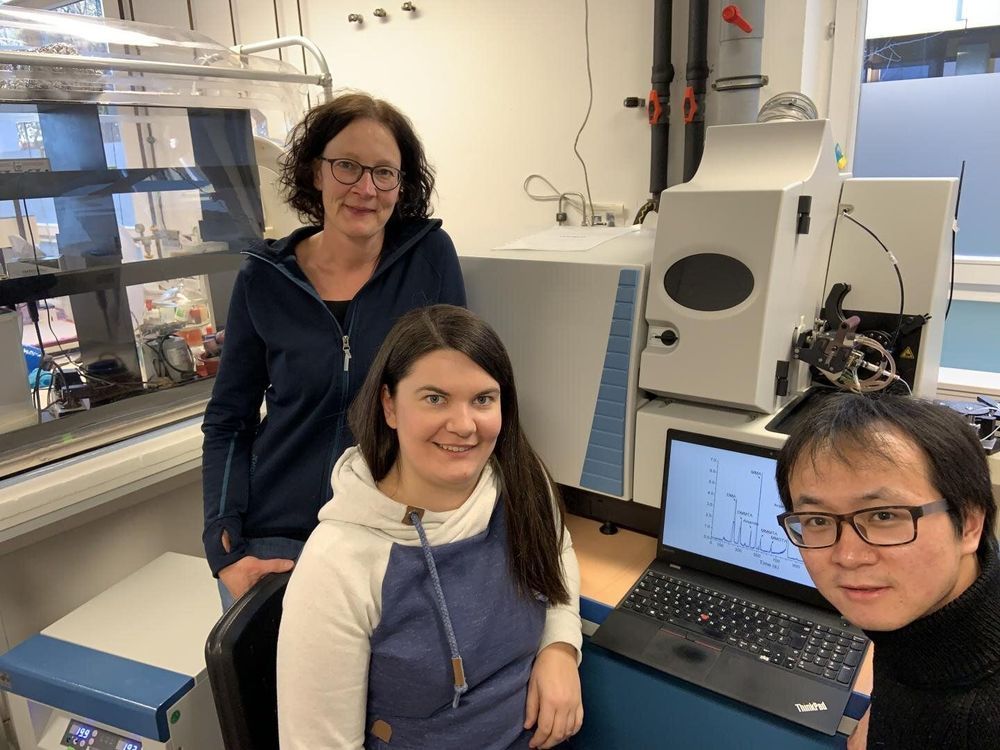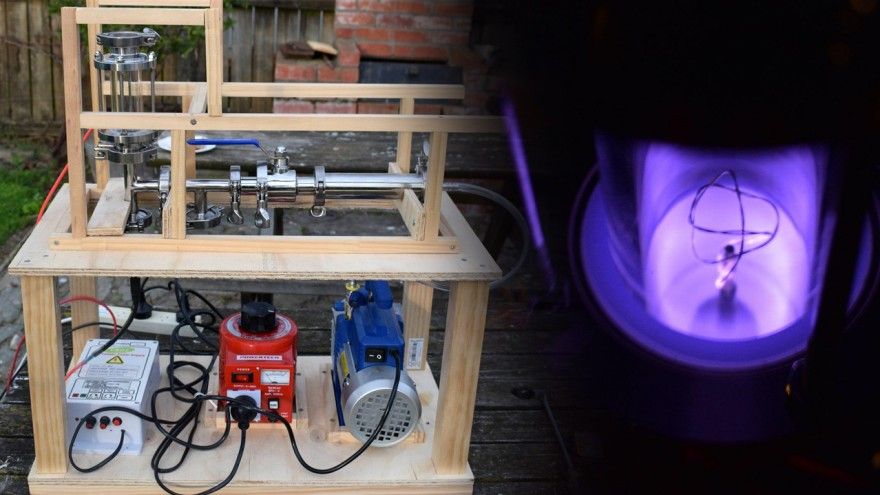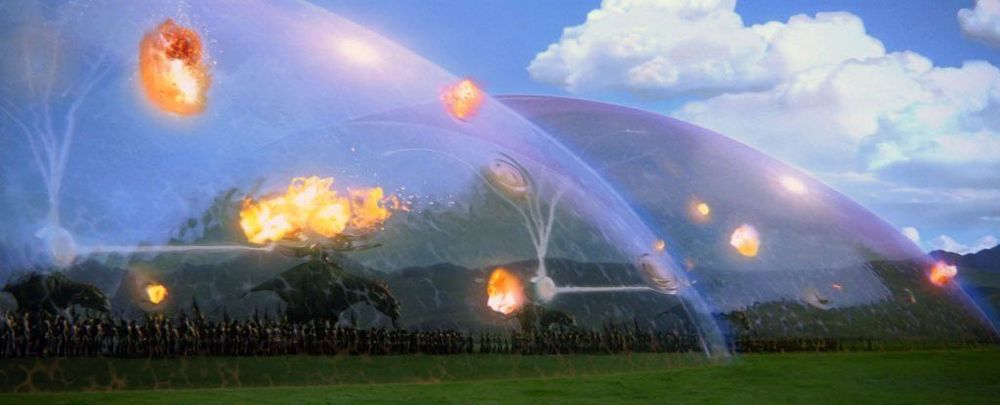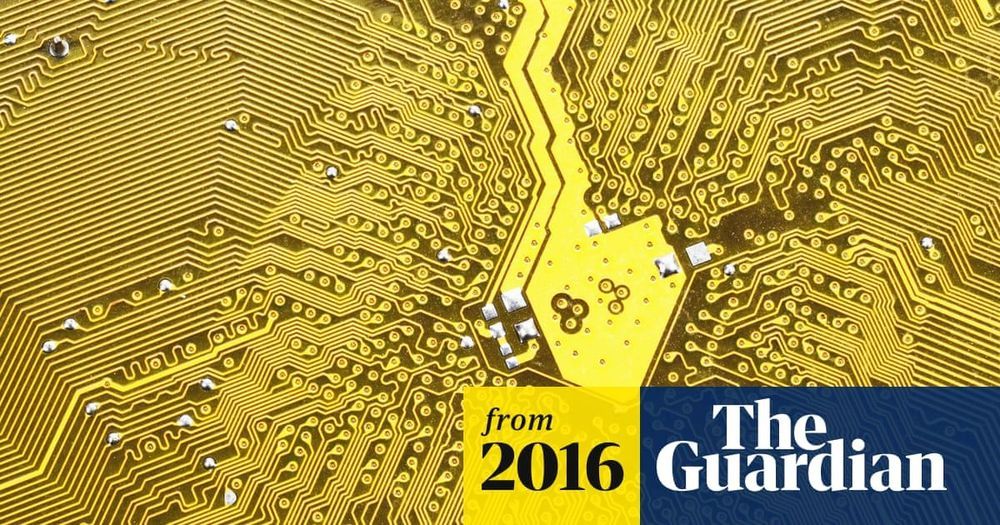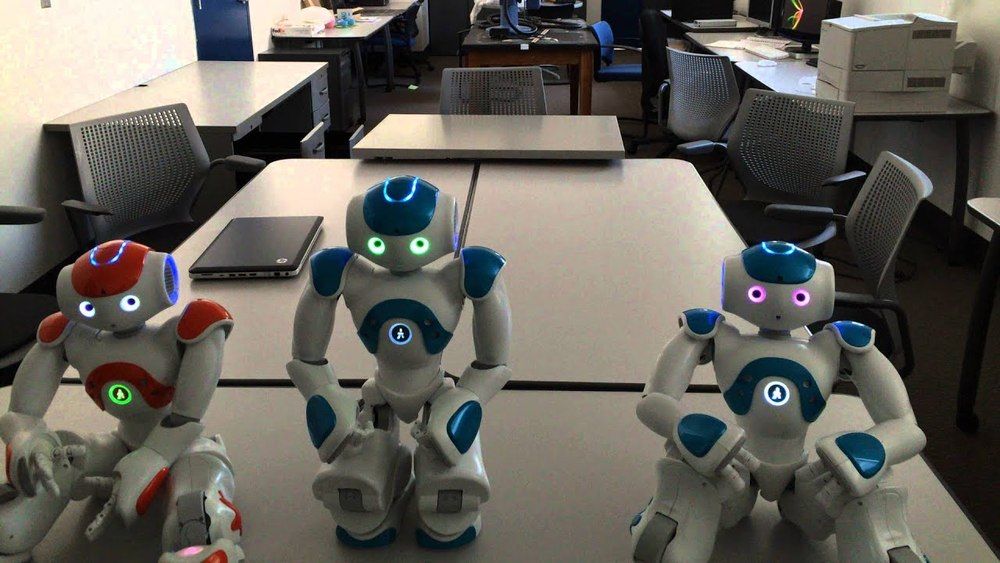Prime editing can change individual DNA letters, delete letters, or insert blocks of new letters into the genome, with minimal damage to the DNA strand.
Researchers at the University of Indiana found that robots made more profitable investment decisions than people. Personally I believe they can even be better at public administration and balancing budgets.
Following the first U.S. test of CRISPR gene editing in patients with advanced cancer, researchers report findings in Science that represent an important step toward the ultimate goal of using gene editing to help a patient’s immune system attack cancer. Read the research: https://fcld.ly/y1nst2o
University of Bayreuth researchers, together with scientists from Italy and China, have for the first time systematically investigated under which conditions, and to what extent, sulphur-containing arsenic compounds are formed in rice-growing soils. To date, these thioarsenates have not been taken into account in assessments of the health effects of rice consumption. In the journal Nature Geoscience the scientists present their results and identify the urgent need for research with a view to protecting consumers from health risks.
A new measuring method for thioarsenates
The research team, headed by the Bayreuth environmental geochemist Prof. Dr. Britta Planer-Friedrich, has developed a measuring method by means of which thioarsenates in rice soils can be reliably detected. Up to now, the methods routinely used to monitor arsenic in rice fields have not been sufficient for this purpose. This is because they are not able to identify sulphur-containing arsenic compounds as such, or to distinguish them from oxygen-containing arsenic compounds. This shortcoming is highly problematic in terms of possible health risks. At least one organic sulphur-containing arsenic compound discovered in rice fields is already known to be carcinogenic. This makes it all the more important to specifically detect organic sulphur-containing arsenic compounds, and to examine them for their toxicity. Presumably, these compounds have been confused with non-toxic organic oxygenated arsenic compounds up to now due to inadequate measurement procedures.
We have a lot to learn about healthy aging from longitudinal studies. These are the action steps from the longest study of aging you can implement today to age well.
O.o.
The device’s maker says it could produce neutrons — a type of ionising radiation.
Circa 2015
As weapons get more sophisticated, researchers are trying to build defence systems that can keep pace, and what’s better than a force field?
Aerospace and defence giant Boeing has been awarded a patent to develop a force field-like system that could protect military vehicles from shockwaves following explosions from missiles or improvised explosive devices.
Boeing’s proposed system involves using a combination of lasers, electricity and microwaves to rapidly heat up the air between the vehicle and a blast. This heat creates a plasma shield that’s denser than the surrounding air and able to deflect or absorb the energy from the incoming shockwave.
Circa 2019
The brink of superintelligence could pose serious threats to the human race. This philosopher is attempting to fathom the future of AI so we can be ready.
Circa 2016
In a sign of the autonomous security of the future, a $2m contest wants teams to build a system that can exploit rivals’ vulnerabilities while fixing its own.
Circa 2015
A researcher at Ransselaer Polytechnic Institute in the US has given three Nao robots an updated version of the classic ‘wise men puzzle’ self-awareness test… and one of them has managed to pass.
In the classic test, a hypothetical King calls forward the three wisest men in the country and puts either a white or a blue hat on their heads. They can all see each other’s hats, but not their own, and they’re not allowed to talk to each other. The King promises that at least one of them is wearing a blue hat, and that the contest is fair, meaning that none of them have access to any information that the others don’t. Whoever is smart enough to work out which colour hat they’re wearing using that limited information will become the King’s new advisor.
